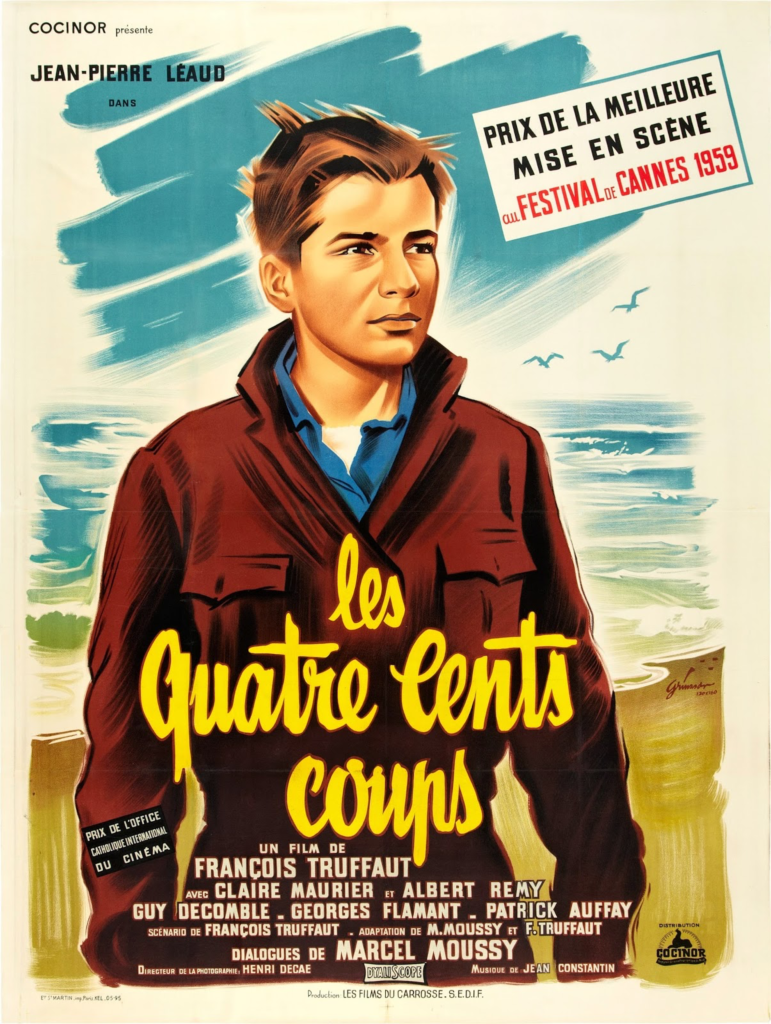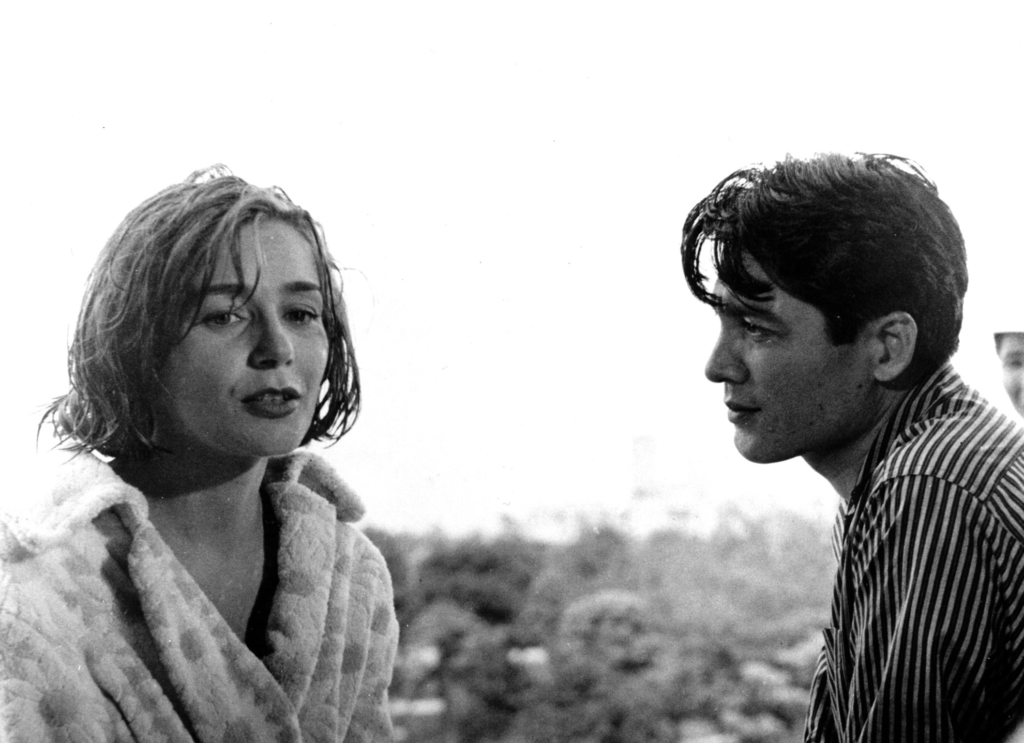- The 400 Blows (François Truffaut, 1959) – The story of a 13-year-old whose adventures were based on the director, Francois Truffaut’s own adolescence, who finds comfort at the cinema.



The 400 Blows remains a prime example of the stylistic innovations of the French New Wave. It is largely autobiographical, and recounts the story of an adolescent boy “raising hell” (which explains the idiomatic French title “Les Quatre Cents Coups”).
2. Hiroshima, mon Amour (Alain Resnais, 1959) – The deep conversation between a Japanese architect (Eiji Okada) and a French actress (Emmanuelle Riva) forms the basis of this celebrated French film.



Considered one of the vanguard productions of the French New Wave. Set in Hiroshima after the end of World War II, the couple — lovers turned friends — recount, over many hours, previous romances and life experiences. The two intertwine their stories about the past with pondering the devastation wrought by the atomic bomb dropped on the city.